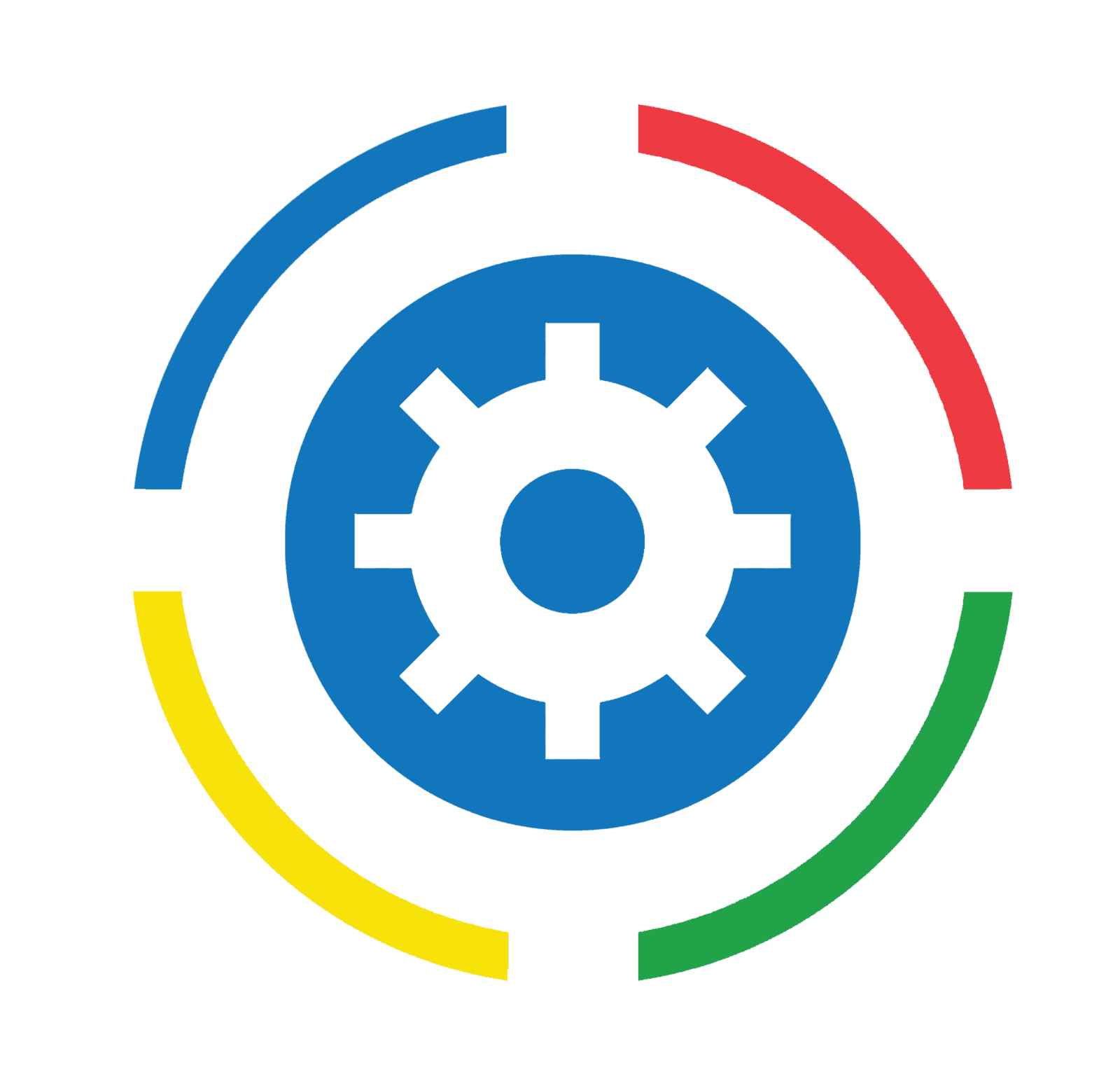CRM and ERP
CRM and ERP: What’s the Difference?
CRM and ERP: What’s the Difference?
CRM (Customer Relationship Management) and ERP (Enterprise Resource Planning) are software solutions designed to automate the business process. Financial and strategic systems are integrated in ERP, whereas CRM handles customer service interactions. Both are crucial data hubs
In order to manage information and the whole process with employees and customers, any sector requires a system in place. Both ERP and CRM are used to increase sales and productivity by providing more insight and control in the workplace. These processes are the foundation of every digital business. Because it aids in overall system management, it is most effective when integrated.
"Every business should prioritize ERP and CRM as fundamental backbone to improve efficiency. "
CRM
Customer Relationship Management (CRM) is a software application that helps businesses communicate with existing and potential customers. CRM software enables firms to maximize every customer interaction.
With a CRM system, your sales, marketing, and customer service teams can work together more effectively. The point of implementing such an app is to attract and satisfy prospective consumers and also to increase revenue and performance.
CRM includes all areas of customer experience to keep customers happy and loyal, which enhances corporate value. Deploying this software in a company builds customer trust and maintains long-term relationships. It's used to improve customer satisfaction.
Customer Relationship Management lets firms manage current customers and their prior transactions, such as purchases, technical support, or other interactions, in a single database. It may also include information on prospective clients, such as their needs and preferences, in order to serve them better. An effective CRM has features for sales automation, advertising, relationship building, advertising and tracking the functions of the organization etc.
ERP
Enterprise Resource Planning (ERP) is a software application designed to manage the day to day operation of a business and made easier by a single database that gathers data from several departments and provides a glimpse and internal controls.
ERP runs businesses, whereas CRM addresses customers. The automated system gathers, blends, and analyses data from several departments for both internal and external management. Each of the following departments contributes data to the ERP database: finance, production, sales, and human resources. Processes and information flow are improved as a result of using this software.
In real time, the ERP system produces a representation of the whole company. When anything goes wrong in one part of the system, an alert will go out to all the other parts. Thus, departments may start preparing for difficulties before they become a problem and can also examine the profitability, performance, and liquidity at anytime.
ERP solutions bring together people, processes, and technology also reduce data redundancy since it is an integrated software.
Difference between CRM and ERP
Difference between CRM and ERP
ERP and CRM systems increase profitability by using different ways. Customer data is managed by CRM, while transactional data is maintained by ERP for usage in the financial sector. Even some ERP systems contain CRM software, CRM does not include ERP software.
CRM positively impacts sales and profits. Client interaction and business stages are tracked by CRM software. CRM is the process through which existing clients are transformed into new business opportunities. It is used in Salesforce automation, Marketing Automation. Front office tasks rely heavily on CRM.Maintaining customer connections with a firm is the primary goal of CRM. CRM results in increased revenue.
While ERP software coordinates whole business operations. The use of a single system simplifies the automation of all procedures. ERP helps you save money by lowering your operating costs and administrative responsibilities.
An ERP system helps to save capital expenditures by enhancing business operations. Customer Relationship Management, Supply Chain Management, Human Resource Management, Financial Management and other systems are all integrated into ERP. ERP is used in the back office to plan the organization's resources for optimal usage.
